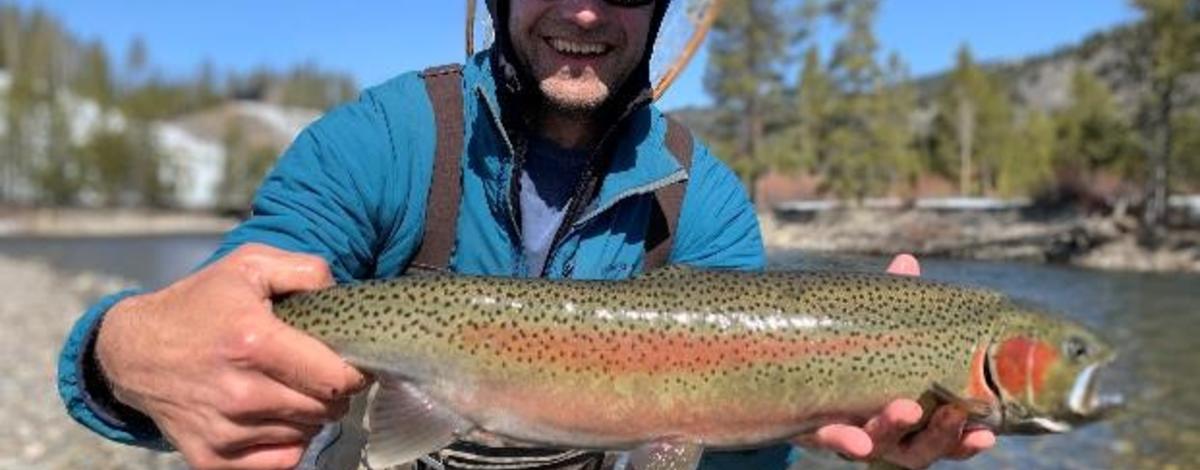Each year, biologists sample thousands of Chinook salmon and steelhead at Lower Granite Dam as they return to spawning tributaries in the Snake River basin. This opportunity allows biologists to gather data to better understand salmon and steelhead populations in Idaho. As part of this process, a small piece of their fin — about the size of a pencil eraser — is taken from each fish, placed on a special sheet of paper called Whatman sheets to dry and are transferred to a genetics lab in Eagle to analyze.
Once at the lab, DNA is extracted and the genetic profile of individual fish is compared against several genetic databases. First, biologists compare each returning adult against a genetic database of hatchery broodstock. This comparison helps Fish and Game staff determine if the fish is from a hatchery program. If the fish is not from a hatchery, it is then compared against a genetic database of wild fish from across the Snake River basin.
This database is known as a genetic baseline and is comprised of genetically similar populations, also known as reporting groups or stocks. A wild salmon or steelhead is compared against the genetic baseline in an analysis known as genetic stock identification which tells fisheries biologists where the fish was most likely born. Knowing where a fish is from is super helpful because it gives biologists the ability to describe traits of populations without having to find them on their spawning grounds.
A map of genetic reporting groups for steelhead in the Snake River basin
Genetic stock identification helps biologists understand important characteristics of different stocks. When biologists combine genetic data with information on a fish's age, length, sex and where it was collected, they can then describe the run timing, age distributions (freshwater and saltwater), length structure and sex ratios of different stocks.
This data plays an important role in tracking the abundance and recovery of Chinook salmon and steelhead in the Snake River basin.

